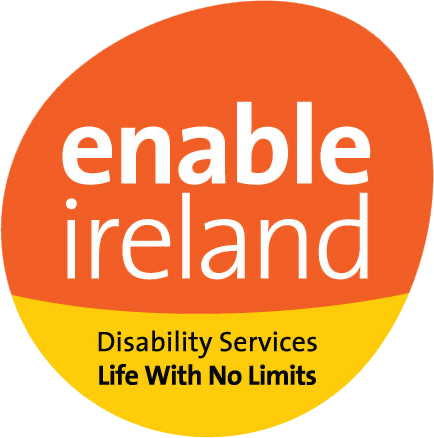Behaviour Support
Behaviour support uses direct and indirect interventions with young people, families and/or schools to help respond to behaviours that are limiting the young person’s ability to participate as they would like.
A direct intervention in this scenario might be through a one-to-one session with the young person. An indirect intervention might be a workshop their parent or teacher attends, so while the parent or teacher is attending in support of the young person, it is called indirect intervention because the young person doesn’t attend.
What approach is used in these interventions?
Positive Behaviour Support (PBS) is the approach used. It aims to improve the quality of life of individuals with additional needs who might be at risk of being excluded from settings or activities, or who might harm themselves and others. PBS includes a commitment to providing support that promotes choice, inclusion and equality of opportunity.
At the core of PBS is the belief that behaviours of concern rarely occur without a reason, and often there are many reasons. It may be a person’s best attempt to meet their needs, it may be a way of communicating an unmet need, and it can often be a sign that the person is struggling in their environment.
How does Positive Behaviour Support work?
PBS requires active participation from all those involved in the young person’s care. It begins with an assessment and the collection of data. This is the evidence that will be used to guide intervention and make decisions on what might be helpful.
A plan is developed in partnership with the young person and those involved in supporting the person, as these will be people responsible for implementing it, with support from the CDNT. The goal is to make the behaviour of concern irrelevant, inefficient and ineffective.
The plan will include ways of arranging the environment so the person’s needs are met. It will teach skills the person might need to participate in their life meaningfully. It will also teach ways of responding to the behaviours of concern in a safe and supportive manner.
It takes time and effort, but a bit like the couch to 5k challenge, with consistency and daily practice it gets easier.
How do I find out more?
Contact your CDNT for more information on what behaviour supports they offer.
See the following links for more reading:
https://www.england.nhs.uk/6cs/wp-content/uploads/sites/25/2016/07/bild-key-questions.pdf
Training programs for parents and guardians, including tips, tools and strategies: Middletown Centre for Autism - Middletown Centre For Autism (middletownautism.com)
PBS information and resources: Positive Behaviour Support (PBS) | bild
Parent and guardian resources based on promoting learning and behaviour in the home: National Council for Special Education – Working to deliver a better special education service – Working to deliver a better special education service (ncse.ie)
The competencies for PBS explained in detail by the PBS Academy: http://pbsacademy.org.uk/pbs-competence-framework/



